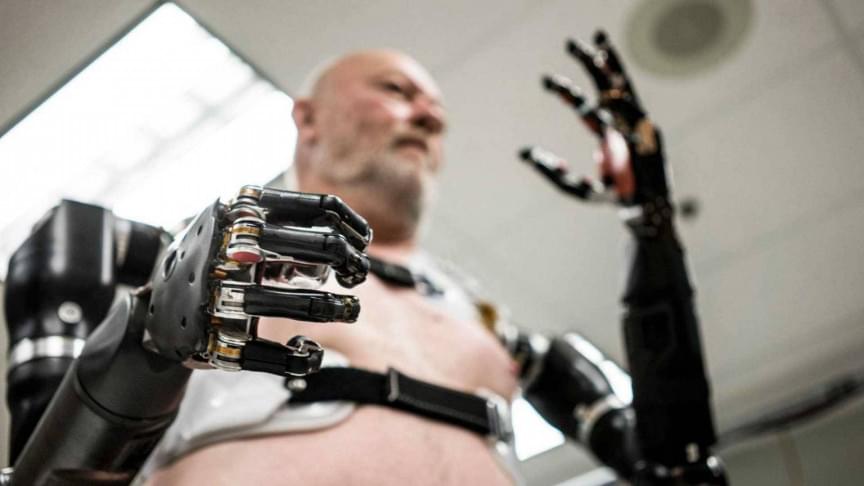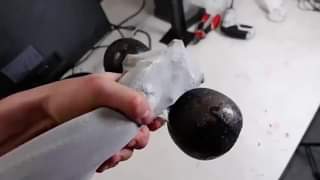Apr 8, 2022
New breakthrough 3D printed fingertip feels and acts like human skin
Posted by Gemechu Taye in categories: 3D printing, cyborgs, robotics/AI
The researchers were inspired by actual skin. Researchers have been working on robot dexterity for several years now trying to give the machines human-like sensitivity. This has been no easy task as even the most advanced machines struggle with this concept.
Now the team is working on making the artificial fingertip as sensitive to fine detail as the real thing. Currently, the 3D-printed skin is thicker than real skin which may be hindering this process. As such, Lepora’s team is now working on 3D-printing structures on the microscopic scale of human skin.
“Our aim is to make artificial skin as good – or even better — than real skin,” concluded Professor Lepora. The end result could have many applications in soft robotics including in the Metaverse.


















